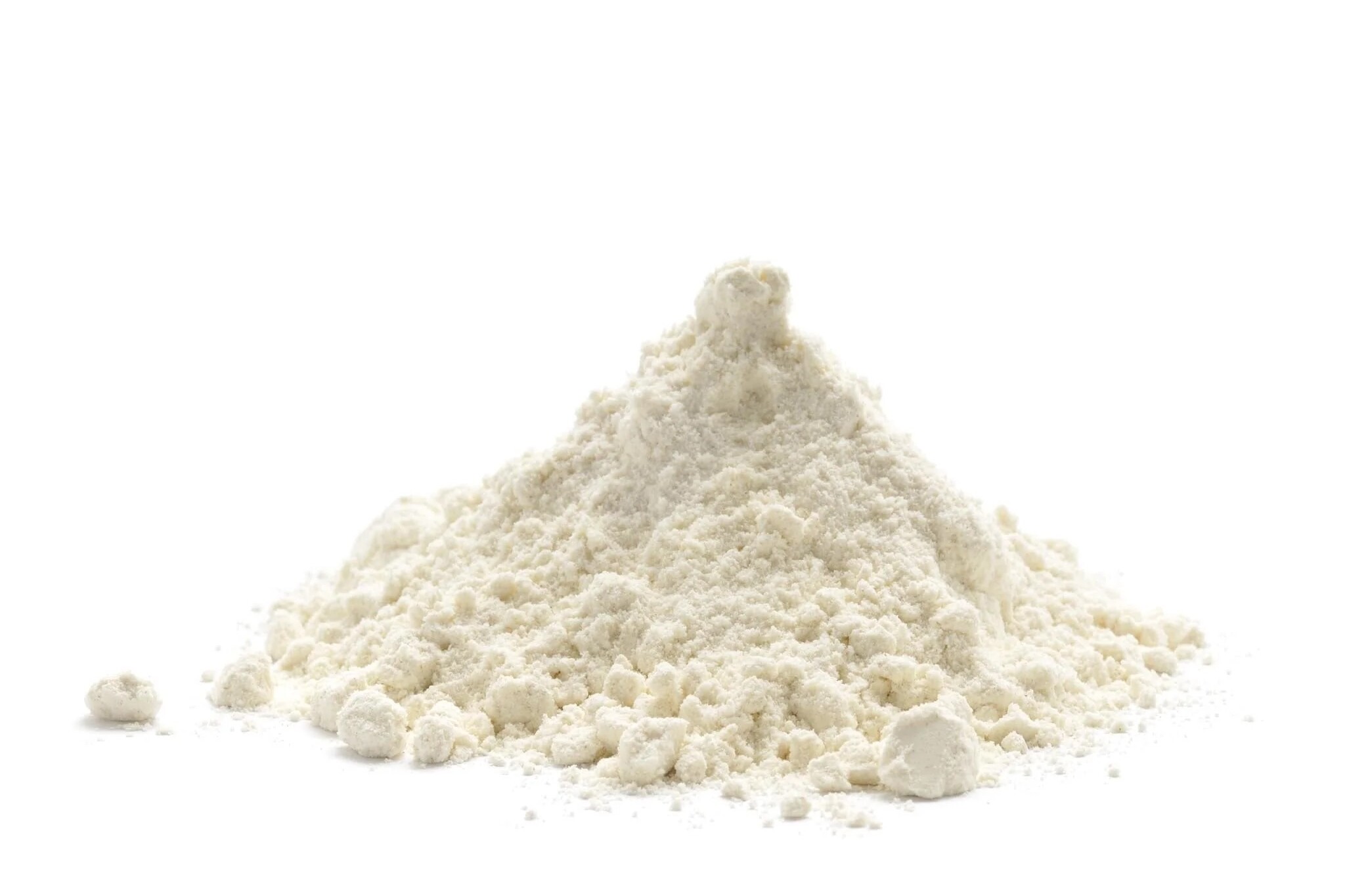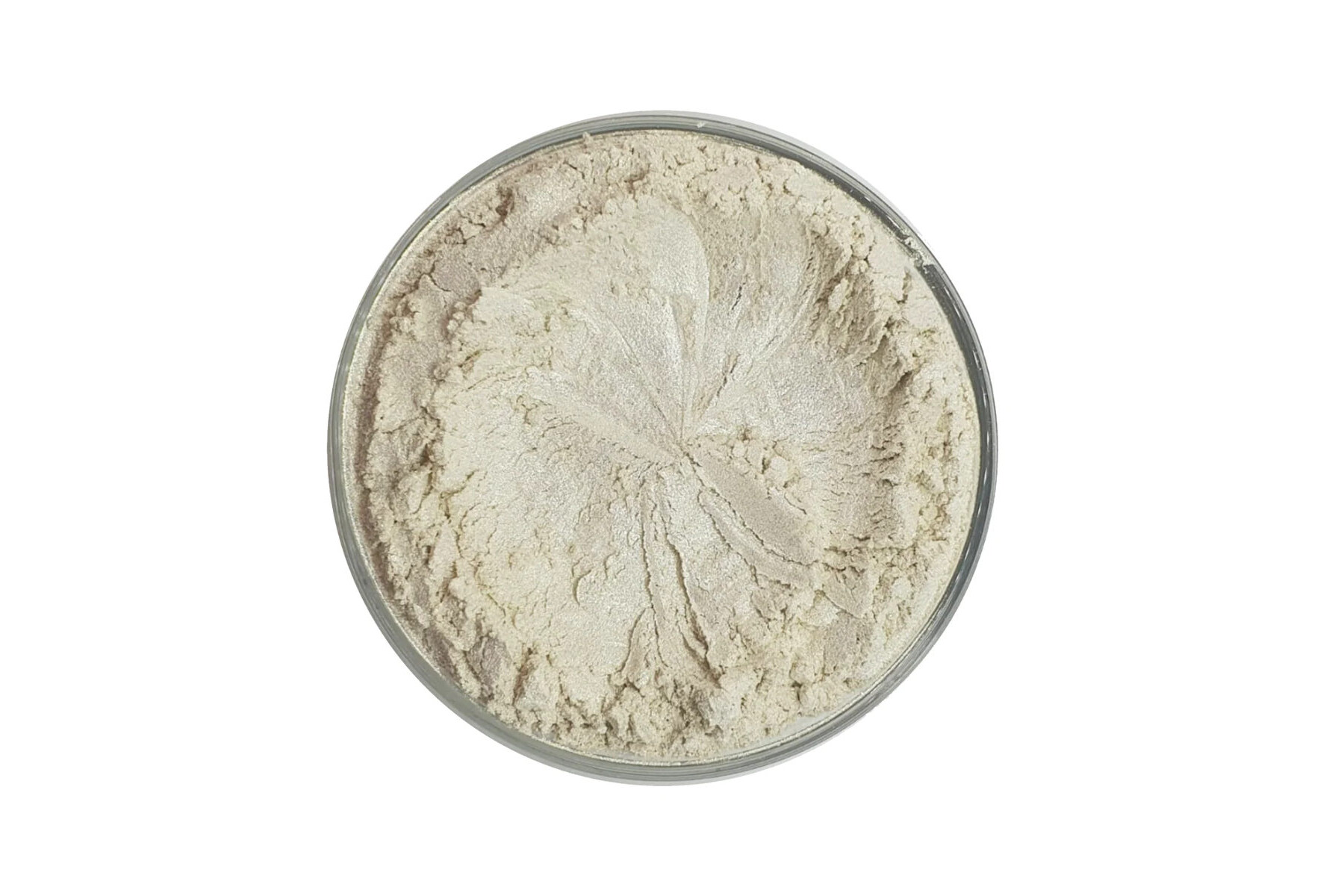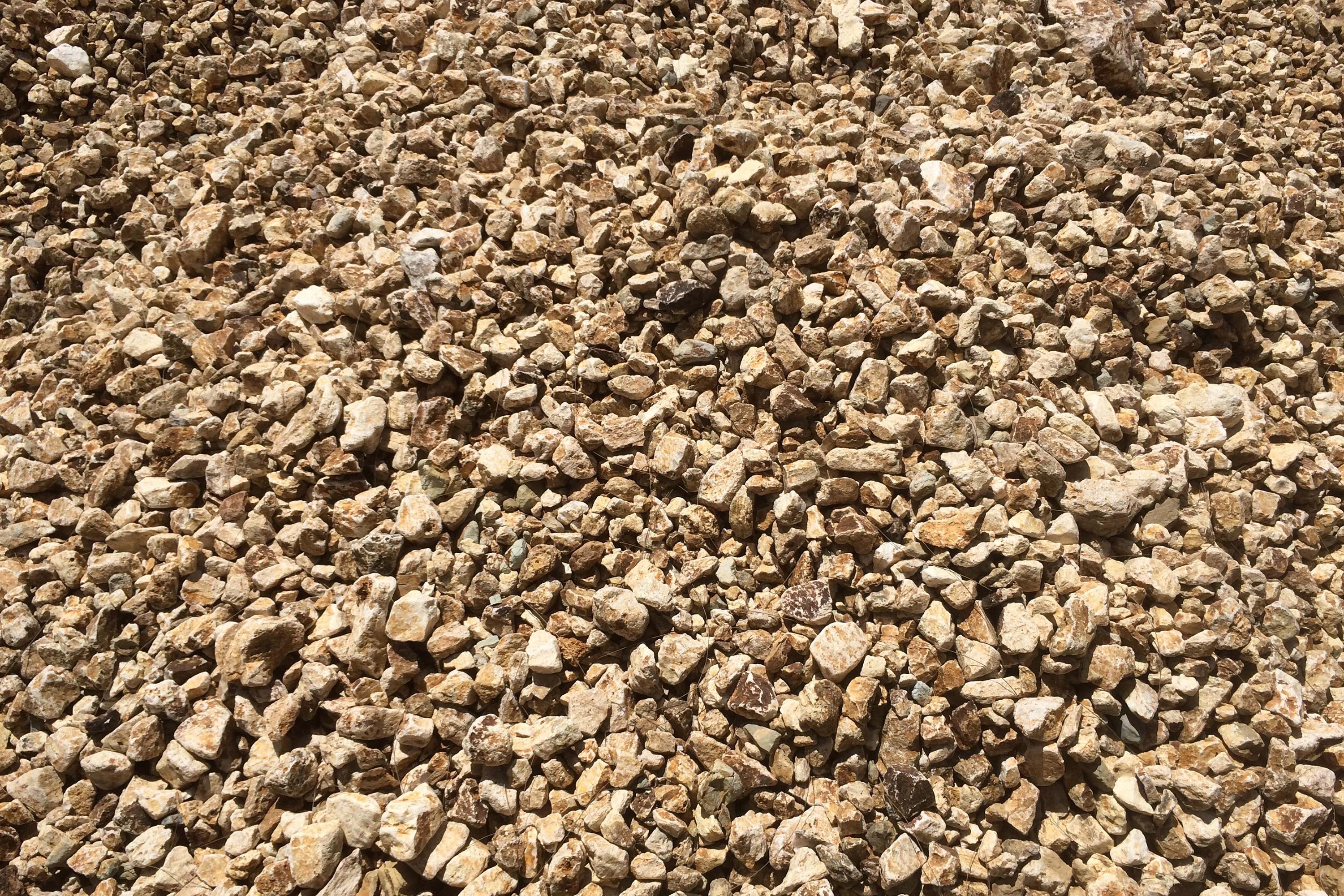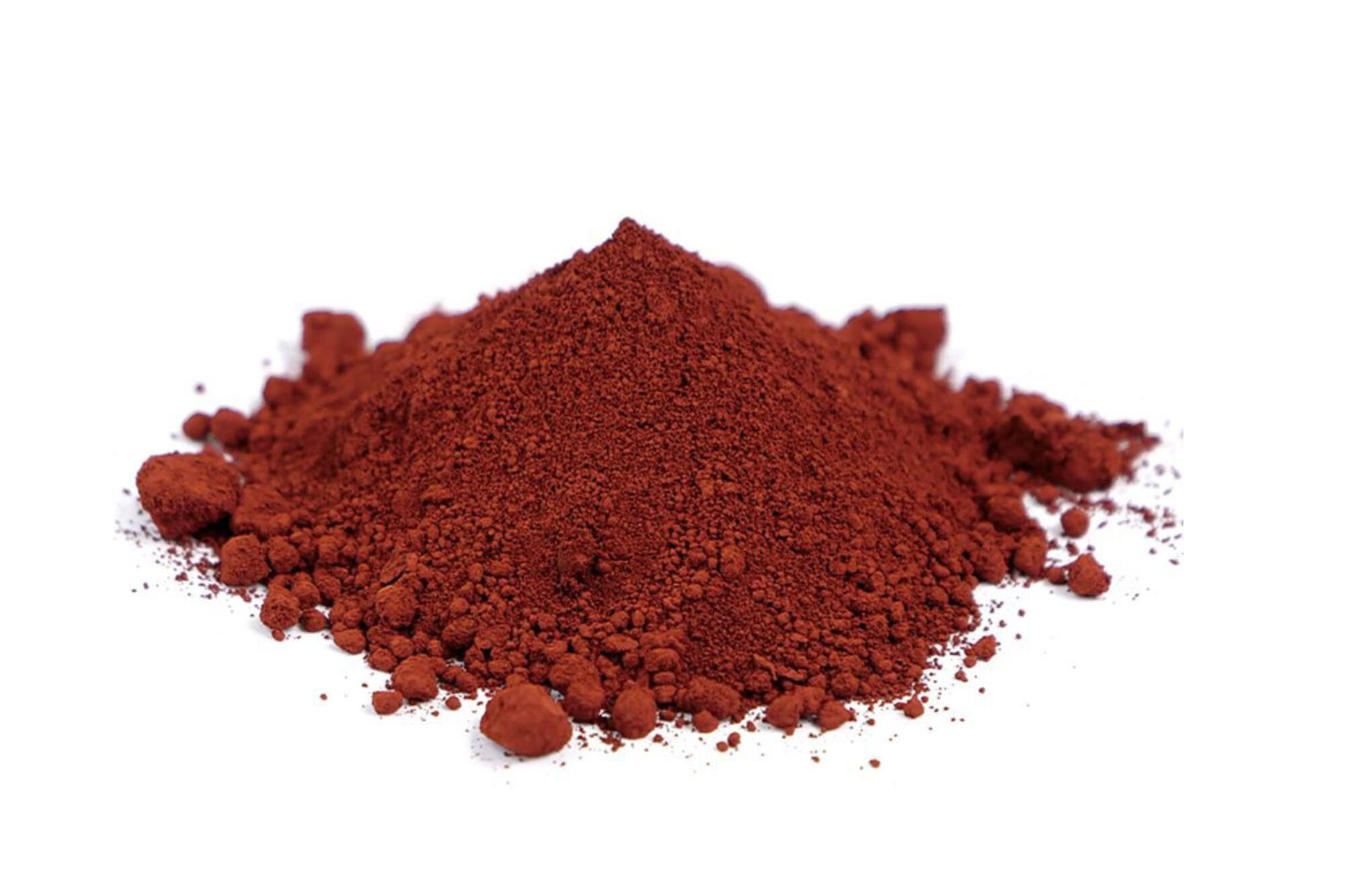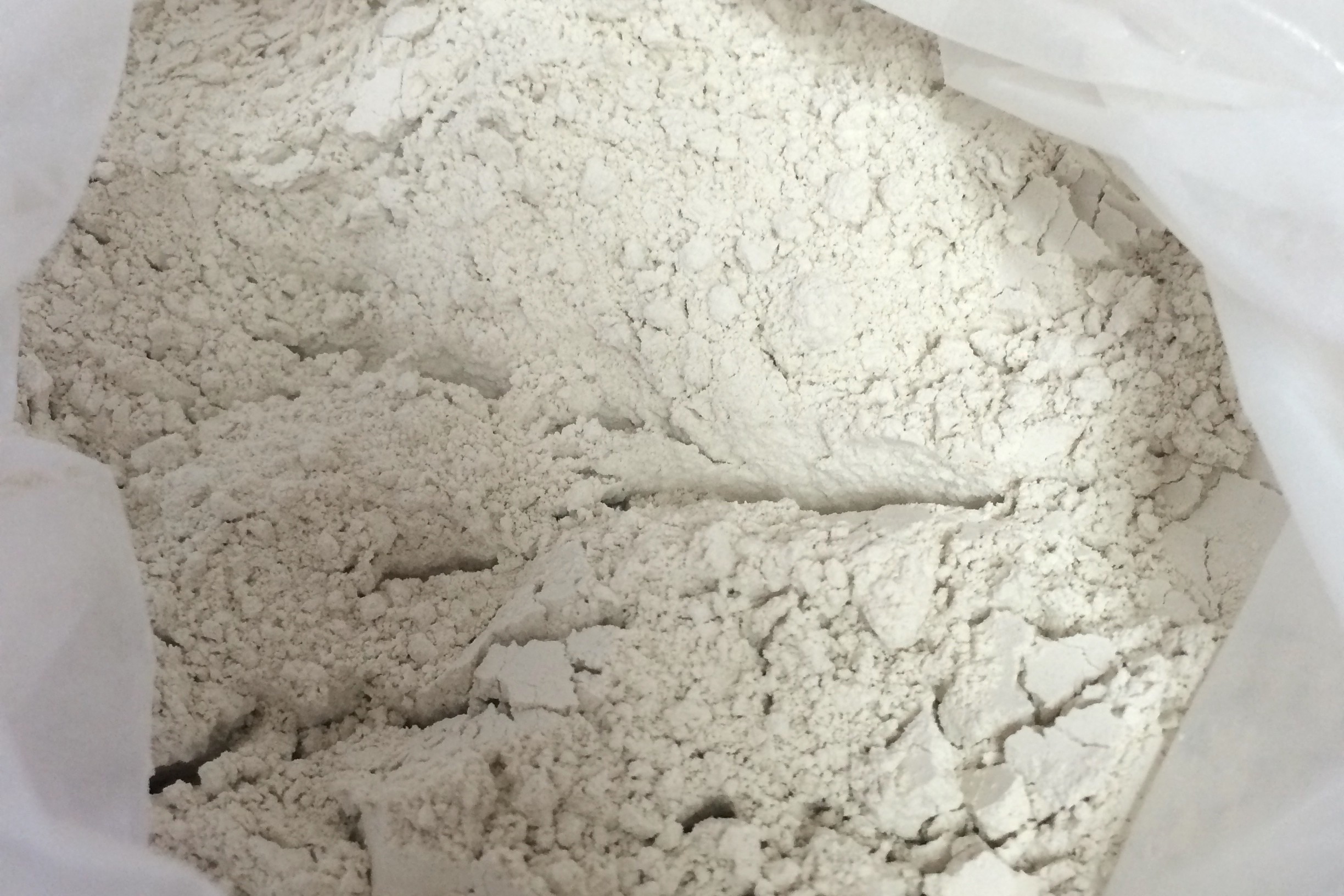In the dynamic world of oilfield drilling, the quest for efficient and reliable additives is paramount. Polyanionic Cellulose (PAC), a water-soluble cellulose derivative, has emerged as a key player in optimising drilling operations. Let’s explore the top five uses of PAC that make it an invaluable component in the oilfield drilling arsenal.
Fluid Viscosity Control
One of the primary functions of PAC in oilfield drilling is its role in controlling fluid viscosity. By effectively increasing the viscosity of drilling fluids, PAC ensures better suspension of cuttings and debris, facilitating their efficient removal from the wellbore. This contributes to improved hole cleaning and overall drilling efficiency.
Rheological Property Enhancement
PAC imparts desirable rheological properties to drilling fluids, making them more predictable and manageable. This is particularly crucial during various drilling phases, such as circulation, wellbore stability, and cementing. The ability of PAC to enhance fluid rheology ensures stable and consistent drilling conditions, reducing the risk of wellbore instability.
Fluid Filtration Control
In oilfield drilling, maintaining proper filtration control is essential for preventing the invasion of formation fluids into the wellbore. PAC acts as an effective fluid loss control agent, creating a filter cake on the wellbore wall that prevents the loss of drilling fluids into the surrounding formation. This aids in wellbore stability and prevents formation damage.
Salt and Temperature Tolerance
PAC exhibits excellent salt and temperature tolerance, making it well-suited for challenging drilling environments. Whether drilling in high-temperature reservoirs or salt-laden formations, PAC remains stable and continues to perform its vital functions, ensuring drilling operations can proceed smoothly under diverse conditions.
Environmentally Friendly Solution
As the oil and gas industry places increasing emphasis on environmental responsibility, PAC stands out as an environmentally friendly solution. Being water-soluble and biodegradable, PAC aligns with the industry’s commitment to sustainable drilling practices, minimising the environmental impact associated with drilling fluid additives.
In conclusion, the versatile uses of Polyanionic Cellulose in oilfield drilling, from viscosity control to environmental compatibility, underscore its importance in optimising drilling processes. As the industry advances, PAC remains a trusted ally, contributing to the efficiency, stability, and sustainability of oilfield drilling operations.


